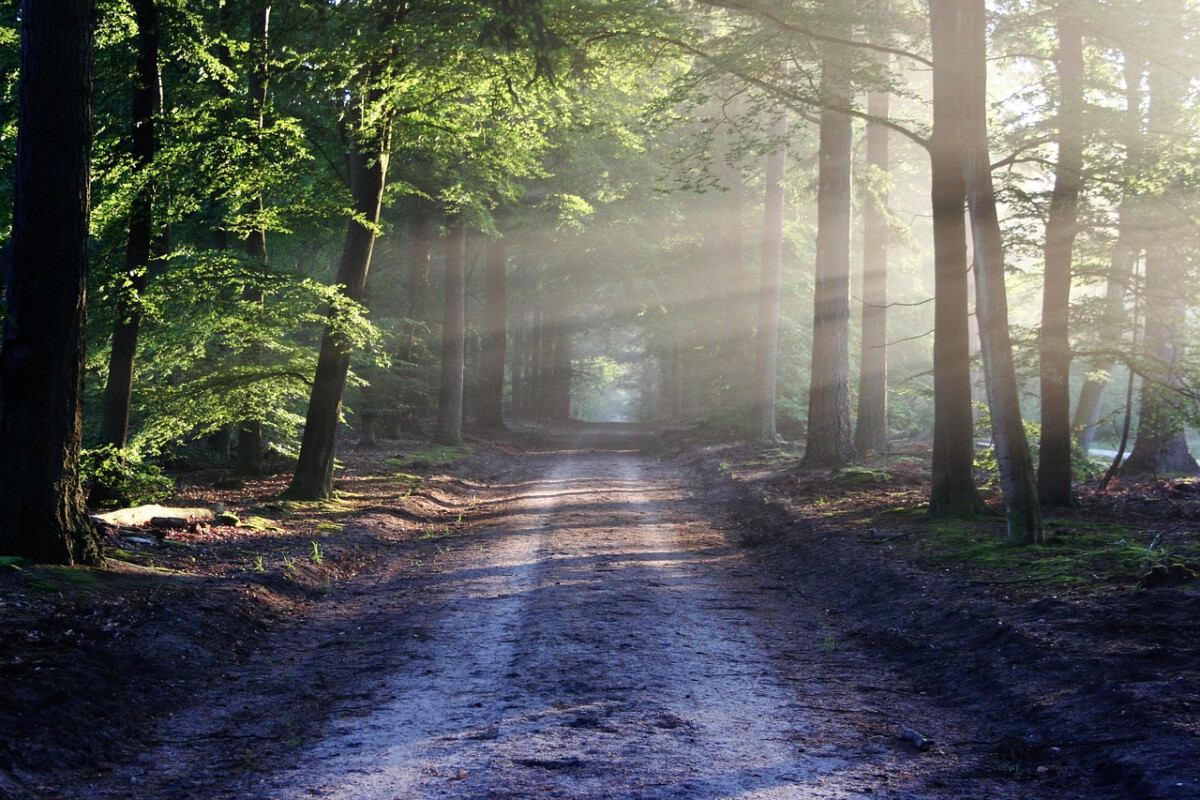Kuwait: The Scorching Desert

Kuwait is notorious for its blistering heat, especially during the peak of summer. In July 2021, the country experienced a jaw-dropping temperature of 53.2°C (127.8°F), ranking it among the hottest places on Earth. Kuwait’s desert climate means long, harsh summers that can feel almost impossible to endure. The heat is so intense that outdoor activities are often restricted, and the risk of heatstroke and dehydration becomes a daily concern. Many locals and migrant workers rely on public cooling centers, and the government has launched awareness campaigns to educate people about heat safety. Infrastructure investments have been made to help residents cope, but the relentless sun still poses a major challenge. Climate change has only intensified the extremes, with hotter days becoming more frequent. The World Meteorological Organization warns that Kuwait’s future could become even hotter, raising tough questions about livability.
Canada: The Frigid North

Canada’s winters are legendary for their bone-chilling cold, especially in its northern provinces. In January, parts of the Yukon Territory have been known to experience temperatures dropping to a shocking -40°C (-40°F). Heavy snowstorms and icy roads can paralyze entire cities, making travel dangerous and daily routines difficult. The risk of frostbite and hypothermia is high, particularly for those unprepared for such severe conditions. Canadians are well-adapted to the cold, with specialized winter clothing, heated homes, and snow-clearing infrastructure. The government invests heavily in safety measures to protect citizens during deep freezes, such as emergency shelters and public advisories. Winter sports like hockey and skiing have become cultural staples, transforming the cold into a source of national pride. However, climate change is making weather patterns more unpredictable, sometimes bringing sudden thaws or even more severe cold snaps than usual.
Saudi Arabia: The Desert Heat

Saudi Arabia’s climate is defined by extreme heat and arid conditions, with summer temperatures often soaring above 50°C (122°F). The oppressive heat makes midday outdoor activity almost impossible and puts significant strain on infrastructure and energy demands. Air conditioning is ubiquitous in homes, offices, and even public transport, highlighting the country’s dependence on technology to survive. Heat-related illnesses like dehydration and heatstroke are common, pushing the government to take action through awareness campaigns and investment in medical services. Saudi Arabia is also turning to solar and renewable energy to reduce its carbon footprint as climate change threatens even hotter conditions. The economic impact of the heat is real, with productivity dropping during the hottest months. Despite all this, the desert landscape has shaped Saudi culture, with traditions built around coping with and respecting the harsh environment. Scientists warn that without further adaptation, Saudi Arabia could face even greater challenges in the years ahead.
Russia: The Bitter Cold

Russia’s winters are infamous, particularly in Siberia, where temperatures can fall below -50°C (-58°F). In January 2023, the city of Yakutsk recorded -45°C (-49°F), cementing its reputation as one of the coldest inhabited places on Earth. The extreme cold disrupts daily life—cars freeze, pipes burst, and simply walking outside can be hazardous. Specialized clothing and advanced heating systems have become essential for survival. Despite these obstacles, Russians embrace their winter with festivals and traditions that turn adversity into celebration. The government invests in infrastructure resilient enough to withstand the bitter cold, from reinforced buildings to reliable public transport. Climate change, however, is causing unusual fluctuations, sometimes bringing unexpected warm spells or even colder winters. The long-term impact on Russia’s environment and society is still unfolding, leaving many uncertain about what the future holds.
Qatar: The Blazing Heat

Qatar is infamous for its sweltering summers, with daytime temperatures regularly reaching 50°C (122°F). The relentless heat makes working or exercising outdoors extremely dangerous, particularly for migrant workers who build much of the country’s infrastructure. In July 2022, the heat soared again, prompting the government to expand public cooling centers and launch health campaigns. Qatar has made major investments in sustainable energy, including solar power, to help tackle climate change. Despite the brutal heat, the country managed to host international events like the FIFA World Cup, using innovative cooling technologies in stadiums. The threat of climate change looms large, with experts predicting even higher temperatures and more frequent heatwaves in the coming decade. These extremes are pushing Qatar to rethink its urban planning and water usage. As the mercury keeps rising, Qatar faces a tough battle to stay livable.
Greenland: The Icy Expanse

Greenland is a land of ice, where winter temperatures can plunge below -30°C (-22°F), making life a daily struggle. The cold is so pervasive that travel and access to resources become constant challenges, especially for isolated communities. In recent years, scientists have observed alarming rates of ice sheet melting, a direct result of global warming. This melting does not just threaten Greenland—it has global consequences, as rising sea levels endanger coastal cities worldwide. The shifting climate is also impacting traditional ways of life, with local hunting and fishing patterns forced to adapt. Despite the hardships, Greenland’s majestic landscapes and unique culture draw adventurous tourists, providing a much-needed economic boost. The government faces a delicate balance between development and environmental preservation. As climate shifts accelerate, Greenland’s icy world is changing faster than ever before.
Australia: The Heatwave Capital

Australia has earned its reputation as a land of extremes, with searing heatwaves becoming more intense and frequent. In January 2023, temperatures in parts of the country soared above 50°C (122°F), sparking dangerous bushfires and putting lives at risk. The heat can be deadly, leading to spikes in hospitalizations for heatstroke and other related illnesses. Wildfires, fueled by the scorching temperatures and dry conditions, devastate communities and wildlife. The government has responded with public health campaigns and emergency preparedness plans, but the heat remains a constant threat. Many Australians adapt by shifting daily routines to avoid the hottest hours, and outdoor sports often pause during peak heat. Climate change is amplifying these extremes, with experts warning that record-breaking heatwaves could become the norm. The resilience of Australians is tested with each passing summer, as they find new ways to cope with the relentless sun.
Norway: The Arctic Chill

Norway is celebrated for its breathtaking winter scenery, but the cold can be unrelenting, especially in the far north. In January 2022, parts of Finnmark experienced temperatures as low as -40°C (-40°F). Heavy snow and ice create difficult conditions for travel, sometimes isolating remote villages for days. Norwegians have adapted with world-class winter sports, cozy traditions like “koselig,” and robust infrastructure designed for snow and ice. The government invests in heated roads, efficient snow removal, and advanced heating systems to keep life moving during the coldest months. Tourism thrives as visitors flock to see the Northern Lights and experience the Arctic climate. However, climate change is having a visible impact, with warmer winters affecting ecosystems and wildlife. As the climate shifts, Norway faces new challenges in preserving its natural wonders and traditional way of life.
United Arab Emirates: The Sweltering Heat

The United Arab Emirates (UAE) is no stranger to extreme heat, with summer temperatures frequently topping 50°C (122°F). The combination of high heat and humidity makes the weather nearly unbearable, especially for outdoor workers. In July 2022, the UAE ramped up public health measures, providing shaded rest areas and hydration stations across major cities. The government is investing in renewable energy, aiming to reduce the environmental impact of constant air conditioning and water use. Despite the challenges, the UAE has hosted massive international events, relying on cutting-edge cooling technologies to keep venues comfortable. The country’s rapid growth and urbanization are continually tested by the punishing climate. Experts warn that ongoing climate change will likely make summers even harsher, threatening water supplies and public health. The UAE’s ability to innovate is crucial as it adapts to an ever-hotter future.
Antarctica: The Ultimate Cold

Antarctica stands as the coldest place on Earth, with temperatures dropping as low as -80°C (-112°F) in the most remote regions. Surviving here is a feat reserved for only the hardiest researchers and scientists, who rely on advanced technology and strict protocols. The continent’s extreme cold creates a unique environment, supporting rare species and vital ecosystems found nowhere else. The ongoing melting of the Antarctic ice sheet is a global concern, as it directly impacts sea levels and climate patterns worldwide. Researchers in 2024 observed accelerated melting, fueling international alarm and urgent scientific study. Frostbite and hypothermia are constant dangers, making proper clothing and shelter essential. Despite the risks, Antarctica offers invaluable insights into climate change and the history of our planet. The future of this frozen world depends on continued research and global action.






